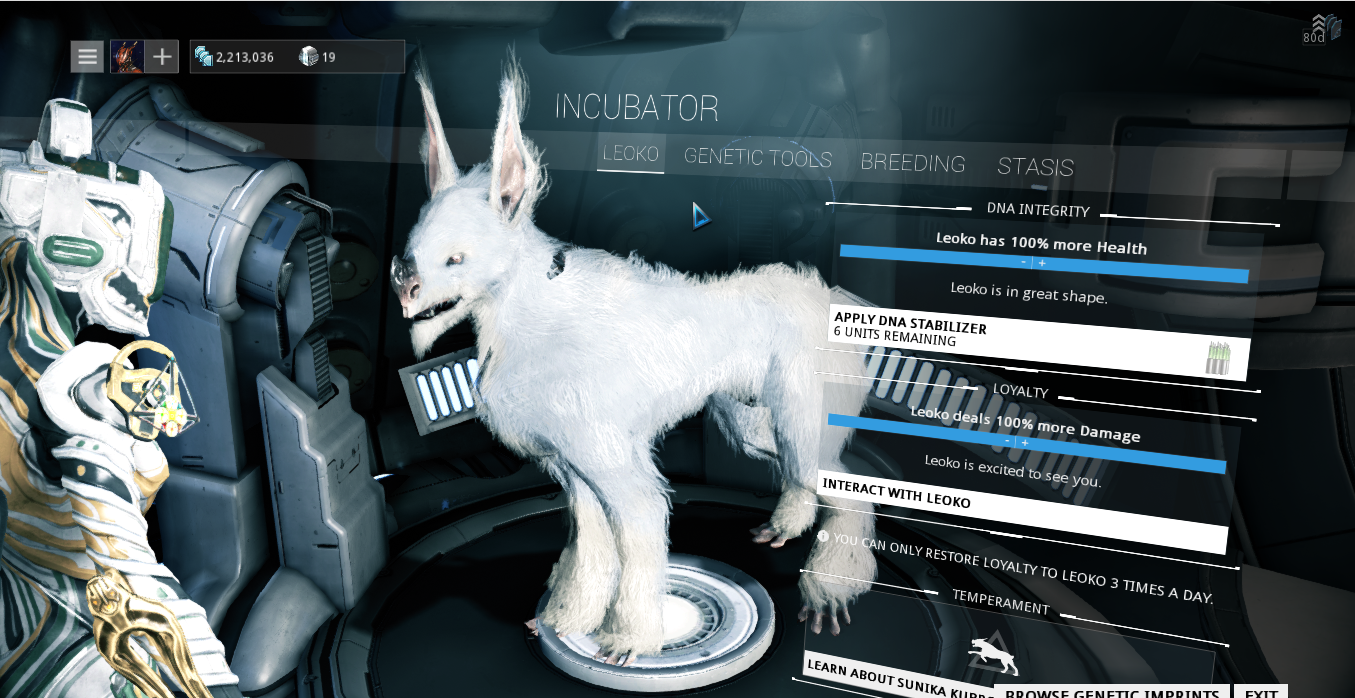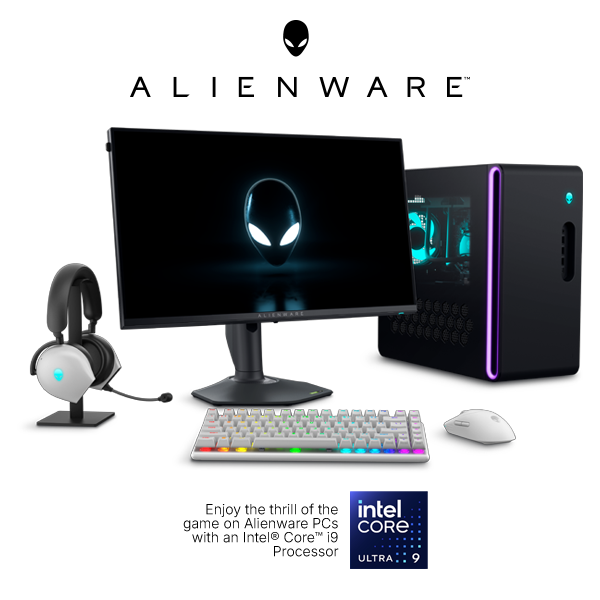How Warframe built an ethical free-to-play economy
Digital Extremes has a long history in gaming, from working on the Unreal and Unreal Tournament franchises to creating the multiplayer component for Bioshock 2.
It wasn’t enough.
The team realized the publisher model was going to end up costing them the studio, and began work on a strange, H.R. Giger-esque free-to-play multiplayer game that built on some of their ideas from Dark Sector, a game they developed and released in 2008 to middling reviews. It was, to put it mildly, a long shot.
Today, Warframe is a successful title with a fiercely dedicated fanbase that supports Digital Extremes’ team of around 160 employees. Patches, updates and fixes are released constantly, where they’re devoured by a vocal but loving audience.
While Digital Extremes won’t talk about the conversion rate of free to paid players or how large the audience is, outside of noting the daily active players of 2017 was double what it was in 2016, they will talk about how they got here by crafting one of the few non-abusive free-to-play systems in the industry. It’s a story that is only becoming more unique in the age of loot boxes and very public stumbles in monetization.
And that process began on the first day of release.

The story of Warframe
“We kinda made the decision to do this game, and go out on our own and go from the publisher model that we realized was going to shut down the studio,” Geoff Crookes, the art director of Warframe told Polygon. “We weren’t getting any publisher interest in our free-to-play game and we didn’t feel like we had enough street cred to do a Kickstarter.”
“We knew we had to convince people with a prototype, and we used that prototype to build our Founder’s Program,” Crookes said. “The founders really are responsible for this game being around today; they supported it right from the hop. They saw into what we were doing and helped us grow it.”
The narrative around Warframe is that the game was released, more or less failed, and then the team continued to work on the ashes until something new rose from the corpse.
“I think that the real narrative is that the community and use worked hand-in-hand right from the start to build the game together,” Sheldon Carter, the studio manager of Digital Extremes told Polygon.
“[The first players] were playing this really small bloop of this space ninja raiding game, and they decided they were going to support us, probably because we’ve been really community driven from the get-go,” Carter said. “We were live-streaming, we were interacting with these guys.”
Digital Extremes didn’t have much of a choice but to pay close attention to those early players and try to keep them playing and inviting their friends. The future of the game depended on it.
They continued to refine the game, and interacted with the community and listened to feedback every step of the way. That first day over that important threshold didn’t just continue, the fanbase continued to grow.
The early days of constant communication and sharing from the developer to the players continued, and players saw how much impact they could have in the game’s development by sharing their own thoughts. What started out of desperation became a selling point for the game.
One of the most important reasons why the community cares about the game so much, and why it’s so easy to pick up and continue to play, is that the monetization system is extremely fair. That didn’t happen by accident.

How to ask for money with style
“Warframe is the game where essentially everything we have in the game that’s game effecting, you can earn it,” Carter explained.
You never have to pay a dime to play if you don’t want to, and there is always an item to work toward or to level up in your inventory. Warframe’s endgame content feels not just endless, but meaningful in a way that Destiny 2 is seeming to struggle with. And you can play it all without paying any money. You want to feel like a powerful space ninja, and they want you to be able to feel that way even if you don’t pay any money.
You’re also not competing against other players, which removes the need to balance the game for competition.
“One of the big advantages is that we’re a PvE game, we’re a co-op game,” Carter told Polygon. “You want to work with other players to advance, you’re not against someone. So the feeling that someone has something that looks different than you, there’s no sting to that. Our community turns into people who want to help each other achieve those goals. It really lends itself well to the type of monetization we do.”
The act of finding your gear or leveling it up by doing missions is enjoyable because playing the game itself is fun. The satisfying feeling of playing Warframe can stand up next to Halo or Destiny in terms of how good it feels to use the actual mechanics, with melee weapons, bows and arrows and all sorts of guns and modifiers to experiment with. The crafting choices can, in fact, be overwhelming.
You can pay money for specific Warframes or bundles of content, without spending money on loot boxes that may or may not give you what you want. It’s a store, not a lottery.
Mostly.
“We do have, just to be honest, mod packs that are random, but we say in the description that they’re random,” Carter clarifies. “However in the game you can look in the codex and see specifically which enemy drops that mod, so if there’s a specific mod you’re after you know how you can go after it. So then, even in the situations where there is some randomness in the game, there are ways to kind of understand where that is if that’s the thing you really care about. You can go hunt that enemy for awhile and you’re bound to get it.”
There’s a workflow they’ve established with the community where everyone knows what to expect, and on about what timeframe.
“Our PC audience knows that in the first couple of days, the first week when we release something, they’re the testbed to see if it’s going to work, and we’re just gobbling up their feedback, processing it and trying our best to alter, change, adjust values and balance it better,” Carter stated. “Once the console guys get it, they’re getting something that’s been thoroughly tested by our PC base, and our PC base knows that after a week we’re, generally speaking, having it in a place that they love it and we love it. ... Generally speaking, in that time we’ve ironed out those things that have offended them or we’ve made mistakes on. If we miss, we hotfix those things as quickly as possible.”













